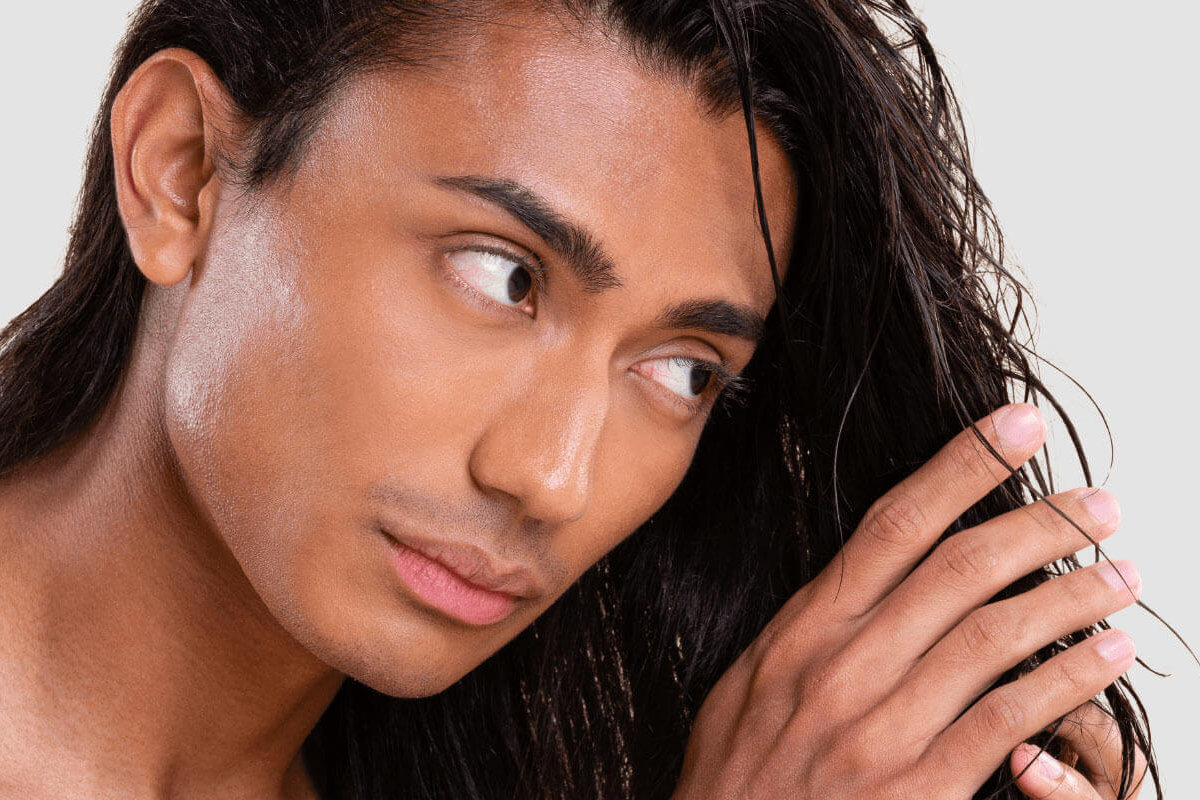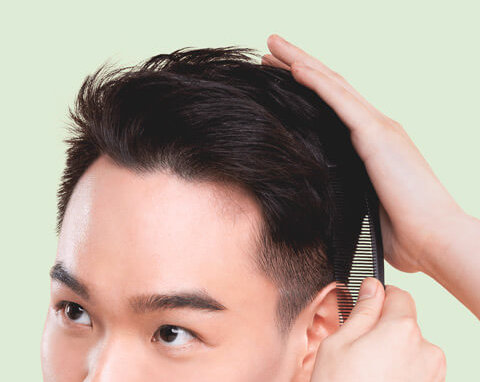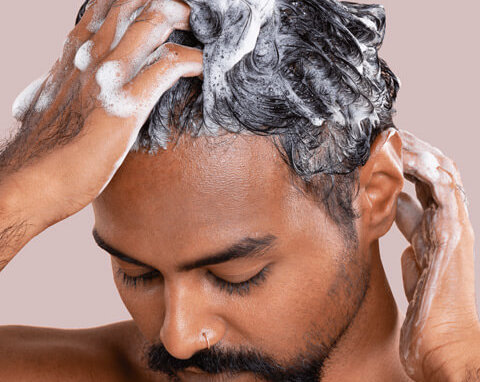Are you a man who is experiencing hair loss? Read on to know more! Hair loss in men, or Male Pattern Baldness (MPB) is more common than you may think. Around 50 per cent of men develop MPB at some point in their lives. However, medical and technological advancements are the saving grace to slowing down hair loss.
MPB is often linked to a hormone with powerful androgenic properties, dihydrotestosterone (DHT). Essentially, DHT helps in the development of “male” characteristics. At this juncture you may probably be thinking “How is DHT then linked to MPB?”. In this post, we delve deeper into what DHT is about, the function it plays in your body and your options to move forward with life confidently.
So, What Exactly is DHT?

DHT is an androgen – a group of sex hormones found in men. Androgens contribute to the development of body hair, and the growth of the penis, scrotum and testicles. In summary, it is one of the few hormones that makes a man, well… A man.
DHT, an essential hormone for growth of hair on a man’s chest and back, also happens to be the same hormone causing MPB. Wait, what? Yes, a little difficult to believe but it’s true. Your body produces DHT when testosterone mixes with an enzyme known as 5α-reductase. You can find 5α-reductase in the oil glands of a hair follicle and in tissues such as skin, liver and prostate.
For people facing with MPB, this DHT hormone can bind to the receptors in your hair follicles. When this happens, hair follicles, which are the anchors of your hair to the skin, shrink and grow weak. ‘Miniaturisation’ occurs where the hair growth cycle shortens due to contracting follicles. This gradually impedes the growth of individual hair, leading to MPB over time. Doesn’t it now make sense that the most effective way to stop further hair loss would be to block DHT? But how do I do this?
One method would be to use a DHT-blocking shampoo or to spray DHT-blockers on your scalp. However, this is only good for treating the surface of the problem. A more effective treatment option would be to target the root cause by blocking DHT at the source. Finasteride is a medication designed to halt the conversion of testosterone into DHT.
The Relationship Between Finasteride and DHT

The Journal of the American Academy of Dermatology shows that Finasteride and Minoxidil are two of the most effective treatments to combat MPB. Known to be a 5α-reductase inhibitor, Finasteride binds itself to the enzyme, preventing your body from producing DHT.
Fun fact: Finasteride was originally designed as a treatment modality for enlarged prostates. The drug creator Merck and Co. later found that it has a dual purpose of treating MPB.
To effectively block DHT in mitigating hair loss, the recommended dosage for men is 1mg per day. In some instances, the daily use of Finasteride can also trigger damaged miniaturised hair follicles by DHT to regrow.
It is not recommended to stop taking Finasteride abruptly as the hair loss may go back to the way it was before treatment. Learn about the type of Finasteride available in Malaysia, as well as what happens if you stop taking it.
What are the Side Effects of Using DHT-Blocking Products?

Most men using Minoxidil or Finasteride as DHT blockers are unlikely to experience any noticeable side effects. Using a topical solution like Minoxidil may only affect you at surface level. However, using Finasteride may affect your body on a molecular level, hence here are some important factors for your consideration:
- Higher amounts of testosterone in the body
According to a 2003 and 2009 study, Finasteride increases the level of serum testosterone in men. This also has an impact on other things such as sex drive, prostate and even reducing your body mass. It can cause both positive and negative effects, based on each individual.
- Might be a banned substance in competitive sports
If you compete professionally in a specific sports discipline, you may be tested for drugs pre and post competitions. Finasteride shows up on such drug tests in urine samples. Finasteride is a performance enhancer that increases testosterone production. This means that it can be recognised as a banned substance.
- A lower than normal sex drive
The use of Finasteride has neither a positive nor a negative side effect for most men’s sex drive. In fact, you’ll just feel the same as normal. However, in a small number of men, Finasteride can result in a noticeably reduced interest in sex.
- Erections that lack the “OOMPH” factor
Much like a reduced sex drive, a weak erection is a rare side effect which affects a small number of Finasteride users. In fact, some individuals have also reported experiencing fewer morning erections (more commonly known as “morning wood”), which could be a result of lower levels of DHT in their bodies.
While the above listed side effects may seem daunting, it differs between individuals. In a 2012 study in Japan, they surveyed 3177 men taking 1mg daily dose of Finasteride to treat MPB. Finasteride was effective at this dose for them and only less than 1% of men were affected by the adverse reactions.
Also, the reduced sexual drive will affect you only when you are actively taking Finasteride. This also means that once you have stopped taking the drug, your sexual drive will also resume. It is extremely rare for any of these side effects to persist if you have stopped taking a DHT blocker completely.
Is DHT Blocking Really Worth It?
DHT-blockers are the most effective weapon to battle your hair loss to date. You have the option of using topical solution or oral medications. When you first encounter hair loss, your hair follicles may be weak, but they are still salvageable. Waiting too long will cause irreversible damage and permanent loss of the hair follicles. At this point, no amount of DHT-blocking products will be able to bring your hair back. If you notice a receding hairline, or increased hair loss, don’t ignore the signs! With early intervention, you can receive early treatment and stop MPB in its tracks.
For hair loss in men under 25, it could be due to hormonal, genetic factors or allergic reactions. If you’re experiencing receding hairline issues, read this article on slowing your receding hairline with 4 simple daily habits. We also have 10 home remedies to get rid of dandruff if you have such an issue.


